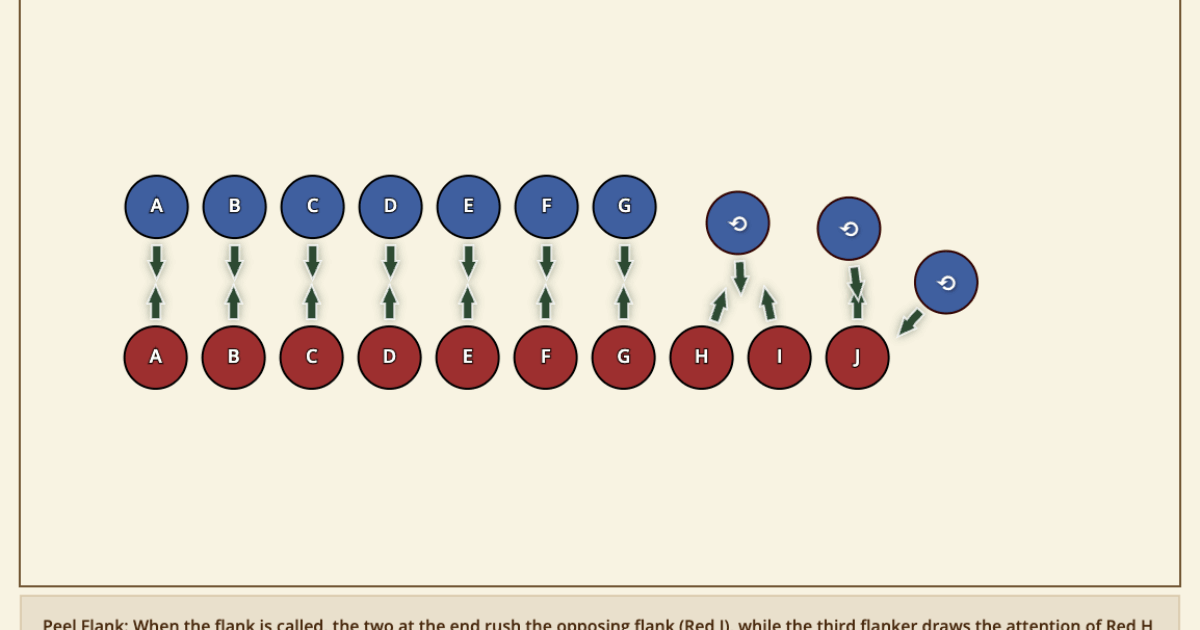Multiple attacks is another way of saying attacking multiple times. A lot of fencers starting out will do a single attack then reset. Multiple attacks is taking probing your opponent, and adding into it attacking more than once. This will allow you to create openings for yourself to be able to wound or kill your opponent. The idea is easy, but can get more difficult as you go on and start playing the high speed chess match that is fencing.
Points of safety
With attacking multiple times you need to maintain the range you need to safely strike your opponent. If you keep pressing forward and your opponent doesn’t move, it will lead to hard shots. Also knowing when to stop the onslaught is important to staying alive. Once your opponent takes control of the engagement, get out of range and reset.
- You’re Not a Sewing Machine: Multiple attacks should be across multiple targets. Attacking the same location repeatedly is ineffective.
- Know When to Stop: The more shots you take, the less control you’ll naturally have. Stop before you flail, and stop immediately if they shout, “dead”.
General Points
Attacking multiple times will keep your opponent in a defensive state increasing your chances of beating them. If they aren’t attacking you it will be hard for them to defeat you. It is also commonly used to create openings for yourself to get the shot you need. Go in with a plan on what you are trying to exploit and keep your opponent on their heels. Though once your opponent regains the control in the fight back out to safety, reset and try again. You have multiple chances a fight to be able to do this.
Don’t just attack the same target over and over again, Your opponent has already blocked you on the first shot, and can just maintain their block. Try attacking different targets. i.e. right side of the chest then back left hip then into the foot.
- Resetting Isn’t Necessary: The key to multiple attacks is learning to continue attacking without returning to your basic stance.
- Multiple Heights and Depths: The whole body is a target. Aim for a wide range of heights and depths to reach all available targets.
- Blocks Don’t Mean the End: Just because your attack is blocked doesn’t mean you stop. Continue attacking as long as you can safely.
- Remember to Defend: It can be easy to forget to defend when you’re focused on your attacks.
Training Ideas
Have your opponent block as you attack and continue attacking different points. As you do this more and more it will become more natural. Just don’t forget your opponent can attack back. Feel when you have control over the fight, and when they have control. Play with different targets that you can attack. Often times a new, better target will be made when you force them to defend themselves.
- Attack, Attack, Attack: Find a skilled blocker and work on attacking multiple times without resetting.
- Puncture Practice: Pick a stationary target and practice striking at it from different angles and ranges.
- Call Cut: Attack your instructor repeatedly until they shout, “cut”. You should stop attacking immediately.
Assessment
- Multiple Attacks Safety: Fencer is continually attacking without running opponent over, nor are they giving hard shots while attacking. Fencer should also be keeping their balance, and utilizing good footwork.
- Multiple Attacks Basics: Able to attack >2 times on average on their presses. Keeping balance, and keeping in control. Fencer should know when they should keep pressing, and when they should get back to safety.
- Multiple Attacks Training: Try to use multiple attacks in duels to keep your opponent on their heels and just defending. Try probing the opponent, and utilize openings that the first, or second, or third…. attack gives you.

